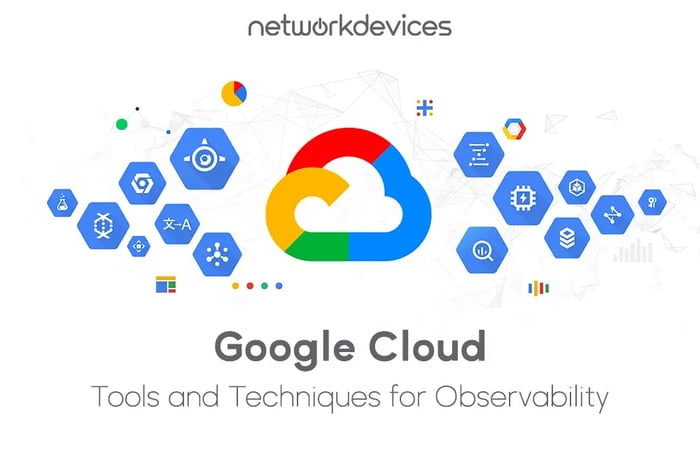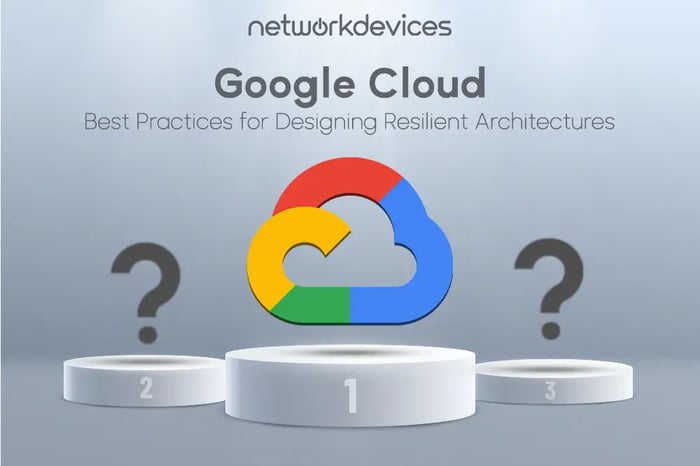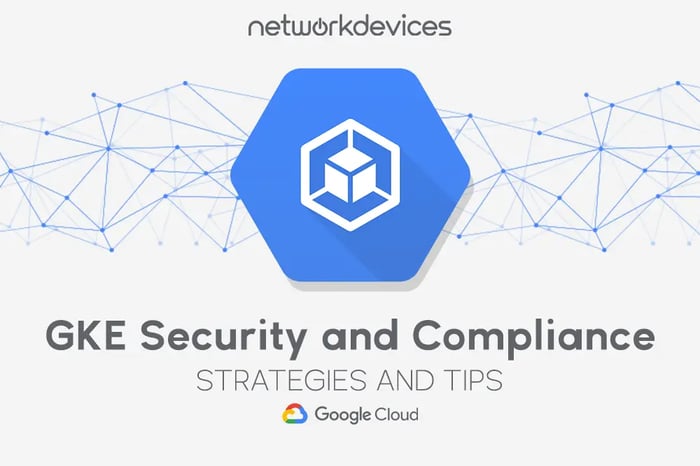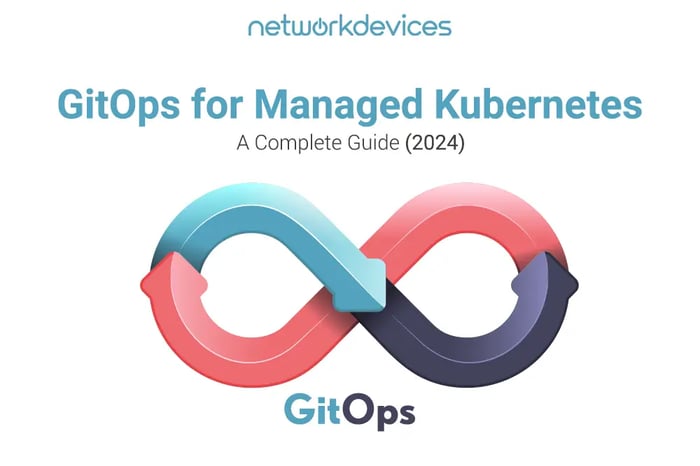You have no items in your shopping cart.

Google Cloud Observability: Top Tools & Best Practices
In the digital world, applications and services are now increasingly hosted on cloud platforms. However, maintaining the reliability and performance of these systems is important. This is where observability comes into play.
Observability is understanding a system's internal state by analyzing its outputs, such as logs, metrics, and traces. Companies can use observability practices to gain insights into their cloud applications.
Statistics show that the observability market is expected to reach $1.71 billion by 2025.
This gives them a better idea of the situation and helps them to quickly identify and resolve issues. This way they can also optimize their application performance to deliver a superior user experience.
Let’s explore the concept of observability and its importance in cloud environments. We will also examine the tools and techniques for building observable systems in Google Cloud.
Why Observability Matters in Google Cloud?
Observability is a key concept in modern cloud computing. It measures and understands what is happening inside a system based on the data the system produces. This data typically comes in three main forms. Each helps companies monitor and optimize their applications.
70% of companies state that observability is important for complex digital environments.
Observability has three main parts:
- Metrics: These numbers show how your system is performing, such as how many people visited your website or how fast your app works.
- Logs: Records of what happened in your system. These are like a diary of your system's activities.
- Traces: A way to follow a request as it moves through your system. It helps you see where things go wrong.
Understanding how your system works is important. It helps you find problems faster to improve your system and save time and money.
Tools and Services for Observability in Google Cloud
Google Cloud offers many tools and services to help companies build observable systems. These tools make it simple to collect and visualize data from applications, which can then be used to monitor performance and troubleshoot issues.
Here are some of the key observability tools available in Google Cloud:
Cloud Logging: Centralized Log Management
Cloud Logging is a service provided by Google Cloud that allows you to store and analyze logs from your applications and services. Cloud logging automatically collects logs from multiple Google Cloud services, making it easy to search for important information.
You can also filter logs by severity or resource type, which will help you quickly find relevant data. Cloud Logging makes it easy for teams to track events and gain insights into application behavior.
Cloud Monitoring: Real-Time Metrics
Cloud Monitoring offers real-time visibility into your infrastructure's performance. It collects metrics from various sources, including Google Cloud services and custom applications.
With a custom dashboard, you can visualize these metrics better. You can also set up the notification feature to alert you in case of any issues. This way, you will be able to respond to problems quickly and avoid application downtime.
Cloud Trace: Request Latency Analysis
Cloud Trace is a distributed tracing tool. This tool can help you analyze the latency of requests in your applications. With cloud trace, you can see how requests travel from different services and how long each step takes.
Here, the data visualization will help you identify the bottlenecks and improve your application performance. Cloud Trace is useful in microservices architectures, where a better understanding of the flow of requests is essential.
Cloud Profiler: Resource Optimization
Cloud Profiler is a performance optimization tool that analyzes how many resources your application is using. It also offers proper insights into how your code is performing in production. This way, you can identify areas for improvement.
Additionally, With Cloud Profiler, you can see which parts of your application consume the most resources and optimize them to save costs.
Integration with Third-Party Tools
As you are free to use native tools. Google Cloud also supports integration with various third-party observability tools. This way, companies will be able to improve their monitoring capabilities and tailor their observability strategy to their specific needs.
Popular integrations include tools like Prometheus, Grafana, and Datadog. These tools offer additional insights and visualization options.
Companies can use these tools to optimize their performance and enhance their user experience. By integrating third-party tools, teams can further enhance their observability practices, making it easier to monitor and optimize their cloud-based applications.
Best Practices for Cloud Observability
It is important for companies to implement observability in their cloud-based systems to maintain performance and reliability. However, to get the most out of your observability efforts, it is crucial to ensure these efforts align with security protocols, especially in Kubernetes environments. Our guide on ‘’Top GKE Security and Compliance Best Practices 2024’’ offers essential strategies to help you secure your GKE infrastructure while enhancing observability. Here are key strategies to consider:
1. Early Implementation
It is important to integrate observability from the beginning of your development process. Companies should plan for observability early.
This will ensure that their applications are designed to generate useful logs, metrics, and traces. This approach makes it easy to monitor performance and troubleshoot issues as they arise.
2. Effective Instrumentation
Instrumentation is adding code to your applications to collect data about their performance. In this regard, you can use libraries and frameworks that support observability features.
This will help you analyze relevant information without adding too much complexity. Make sure to log important events and metrics that can help you understand how your application is performing.
3. Define a Monitoring Strategy
A monitoring strategy goes beyond just collecting data. First, you need to define clear goals for what you want to achieve with your observability efforts.
Then, identify key performance indicators (KPIs) that are important for your application. This will help you focus on the most relevant data and make informed decisions based on your findings.
4. Set Up Alerts
Set up alerts to respond to issues in a timely manner. Use your monitoring tools to create alerts based on specific thresholds or anomalies in your metrics.
This can help your team to quickly address problems before they escalate and impact users. Make sure to fine-tune your alerts to reduce noise and focus on critical issues.
5. Regularly Review and Adjust
Observability is not a one-time effort. Regularly review your logging and monitoring practices to ensure they remain effective. As your application evolves, your observability needs may change. Adjust your instrumentation and alerts to keep up with these changes.
6. Data Management
Cloud applications can create vast amounts of data. For the success of your application, it is important to manage this data. Use tools like Google BigQuery to store and analyze large datasets.
Implement data retention policies to keep your logs and metrics manageable. This will help you focus on the most relevant information without being overwhelmed by unnecessary data.
Other Techniques for Enhancing Observability
You can also implement other techniques to maximize the efficiency of your observability efforts. This will also help you enhance your monitoring and analysis capabilities. Here are some key techniques to improve observability in your Google Cloud environment:
1. Audit and Prune Monitoring Tools
Regularly auditing your monitoring tools is important for maintaining an effective observability strategy. Review the tools and metrics you are currently using to ensure they align with your goals. Also, make sure to remove any redundant or outdated tools that may clutter your monitoring environment. This will help you focus on the most relevant data and reduce alert noise.
2. Use Machine Learning for Anomaly Detection
Machine learning can enhance your observability efforts. By applying machine learning algorithms, you can automatically detect unusual patterns in your data. This way, you will be able to identify issues before they become a problem.
Google Cloud offers tools like Cloud AI that can assist in setting up machine learning models for anomaly detection. This will make it easy to monitor your applications efficiently.
3. Implement Real-Time Analytics
Real-time analytics offer immediate insights into your system performance. You can quickly identify trends and respond to issues by analyzing real-time data.
Use tools like Google Cloud Dataflow to set up real-time data processing pipelines. This will enable you to monitor your applications continuously and make informed decisions based on up-to-date information.
4. Centralize Your Observability Data
By centralizing your observability data, you can improve your ability to analyze and respond to issues. But make sure to use a single platform to collect logs, metrics, and traces from all your applications and services.
This makes it easier to correlate data and gain a better view of your system's health. Google Cloud operations suite also offers integrated solutions to help you centralize observability data.
5. Create Custom Dashboards
With a custom dashboard, you will be able to visualize the most important metrics for your applications all in one place. Use Google Cloud Monitoring to create dashboards that display key performance indicators (KPIs) relevant to your team.
Tailor these dashboards to meet the specific needs of different stakeholders. This will make it easy for everyone to access the information they need.
6. Promote a Culture of Observability
Promote a culture of observability within your company. Ensure that all team members understand the importance of observability and how it impacts system performance.
Provide training and resources to help your team familiarize themselves with the available tools and techniques. This collaborative approach will improve monitoring practices and system reliability.
Key Takeaways: Google Cloud Observability in a Nutshell
Building observable systems is key to understanding and improving your cloud-based applications. Google Cloud provides powerful tools to help you collect, store, and analyze the data you need to gain valuable insights. By effectively using metrics, logs, and traces, you can identify problems quickly and optimize performance.
Remember, observability is a journey, not a destination. Continuously improve your monitoring and analysis practices to stay ahead. With Google Cloud as your partner, you can build systems that are not only efficient but also highly observable and managed.






